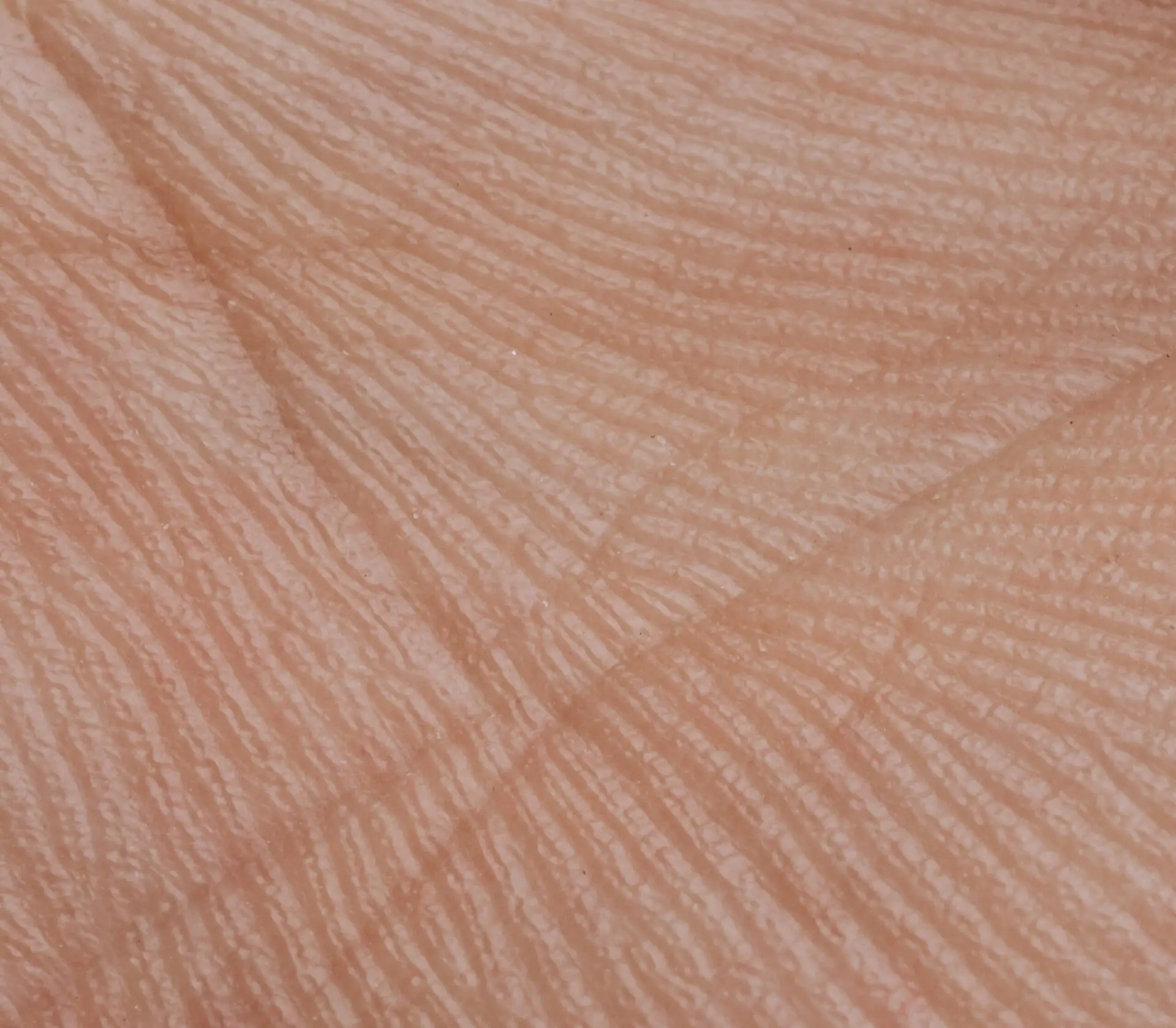Ayurveda, literally meaning “knowledge of life”, is a traditional Indian medical system. Broadly speaking, it incorporates herbal and mineral drugs, physical therapy and yoga exercises.
In this page we’ll cover the following topics in detail (you can skip the section of interest by clicking on the index below):
Definition of Ayurvedic Palm Reading
Ayurvedic palm reading is the practice of reading the lines, mounds, and other features of the palm to reveal information about a person’s health. The practice was developed in India thousands of years ago by practitioners of Ayurveda, an ancient Indian medicine system.
In other words, Ayurvedic palm reading is described as the art of predicting and recognizing future events through an examination of the hand lines or palmistry. Ayurvedic palm reading often begins with an examination of the hands in order to determine how a person will respond in certain situations.
What makes Ayurvedic Palm Reading different from other forms of Palm Reading?
- Western palmistry is based on the lines on the palm and their meanings. Ayurvedic palm reading differs from Western Palmistry in that it focuses more on how these lines interact with each other rather than just looking at them individually.
- Ayurveda offers an holistic approach to health and well-being that allows people to treat their body as a whole, rather than just focusing on individual parts. This means that when examining the palms, Ayurvedic Palm Readers look for patterns or lines that reflect overall health and wellness.
- Ayurvedic Palm Reading can also be linked with the concept of seven layers of aura. Each layer has a specific function and each system within the body is connected to one another. When there is an imbalance in one area, it will affect the other areas as well. Ayurvedic Palm Reading is able to determine what imbalances have occurred and how they can be corrected through lifestyle changes or herbal remedies.
How does Ayurvedic Palm Reading Work?
The first step in a proper palm reading is to wash your hands and then make sure they are dry before touching the palm. Next, imagine that you’re holding a bowl full of water—you want to be able to see the lines in their true form without having them appear distorted by movements like pressing too hard on them with your thumb or forefinger.
Once you’ve positioned yourself so that you can clearly see all of the lines on the hand without any obstruction, it’s time to begin reading!
As you read each line, note which parts are straight and which parts curve slightly upward or downward as if they were being pulled by gravity—these are called “mounts” because they resemble mountain ranges when viewed from above. Then compare those mounts with each other: If one mount curves up while another curves down around it.
In Ayurvedic palm reading, you can see how these energy centers align with one another by looking at your hand. There are lines on your palm that correspond to specific organs in the body. If there is more space between two lines than usual between them, it means one of those organs may be enlarged or swollen. If there is less space between them than usual, it means one of those organs may be contracted or shrunken.
Types of lines in Ayurvedic Palm Reading
The lines on your palms are called “Rudraksha,” or “lines of Brahma.” They are a map that shows you where your energy is flowing, or what’s going on with your life right now.
The lines are divided into three categories: Sushumna, Ida and Pingala. These lines can tell you whether you’re experiencing peace in your life, happiness, anger, fear… anything!

